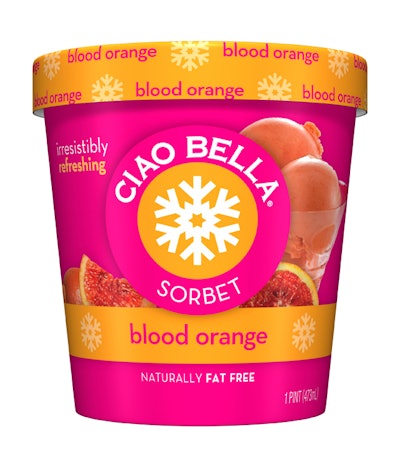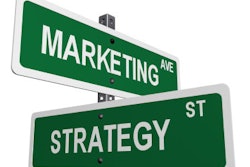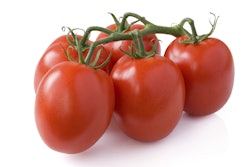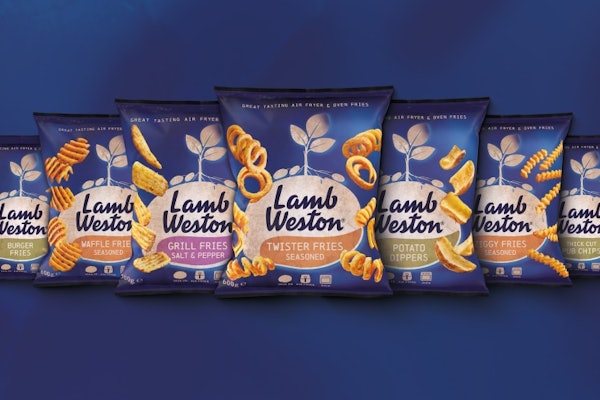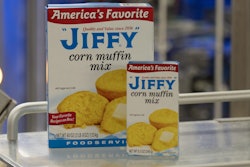Though these professionals might be wary of letting consumer research define exploration, they are usually more than willing to admit research’s valuable role in validating the effectiveness of new design ideas in their fullest expression.
The efficient use of research often benefits from recognizing the limits of what a researcher can learn and not over-interpreting results. Here are more best practices to follow when embarking on consumer research campaigns.
1. Identify what you hope to learn. Choosing a research method should first start with setting clear objectives. And get specific. What are the precise questions you’re trying to answer? If you can’t put the questions into words, it’s unlikely that you’ll know the answers when you see them.
2. Don’t be research-driven. Use research in the right context. Research can inform the process, but it is dangerous to let research dictate or create design early in the process. Research can actually hold back a brand. Risk-averse companies tend to create research campaigns that reinforce preexisting attitudes and biases. Choosing which method to pursue will come down to weighing the pros and cons of each option against the objectives and the cost. Know beforehand whether or not you will get actionable results from your efforts.
3. Choose carefully. The type of research you should conduct is dependent on the brand and the risks associated with a change. Are you embarking on a major departure from what the brand has typically represented, or is it a small evolutionary change? A mix of qualitative and quantitative research is often advised in gauging the potential rewards—and risks—involved in a substantial revitalization project.
4. Know the limitations. Focus groups have limitations. Consumers don’t understand their own motivations, and can rarely articulate them well. Also, focus groups often get dominated by a group “leader,” and participants’ responses become heavily influenced by that individual. Research requires great discipline to look at the right things the right way in the right context. Benchmark the consumer experience to gauge the success or failure of proposed packaging improvements or updates. Have ways to assess if your research is actually answering the questions you set out to answer.
5. Keep exploration open. It’s human nature to reject the unfamiliar. By and large, consumers can’t envision new ideas or predict how they might respond to them. Do not interpret data literally; that alone can lead to risk aversion. Add intuition and instinct to create new value. Ask open-ended questions, use rating scales to probe preferences, and engage in conversations. Use qualitative research on the front end to explore options or possibilities, use quantitative research to back up qualitative research and to prove that the insights are real.
6. Get out in the field. Get consumers to engage with you with diaries, in-store shop-alongs, in-home ethnographic observation, and personal demonstrations. Interviewing consumers at the point of sale can yield great insight into their purchasing motivations. In-home, ethnographic observations also yield telling insights into how consumers actually use the packaging and product. Check out homemade “unboxing” videos of your your category to discover what’s working, what’s not, and opportunities for innovation. But don’t ignore a valuable resource—your own employees. Their familiarity with your product or package may bias their opinions, but it does not preclude them from being inventive. If you remain highly vigilant of skewed bias and political influence, their familiarity may actually prove to be
a positive.
7. Convert briefs into visual languages. Packaging development and design briefs are usually all words. Brand experiences are mostly visual. Something has to budge. Mood boards, lifestyle cues, and personality profiles are a few ways to map out an area of fertile brand exploration. If possible, immerse designers and strategists in global cultures early, and create a vision of where the brand can go. Better to have unified vision of a strategy you can validate rather than trying to piece together validatable pieces of strategy.
8. Remember that packages don’t live in isolation. Packages are almost never alone—on shelf, on countertops, in cupboards, or in the recycle bin. Eye tracking can be useful to gauge both where consumers’ eyes go to first on a package and where their eyes go on crowded store shelves. Explore the principal motivations of purchase in your category. Try to discover what benefit claims spark motivation.
9. Use prototypes effectively. Try to get immediate, knee-jerk reactions to shapes, colors, or graphics before critical thought takes over subjects’ opinions. Take advantage of the nation of “professional consumers” in the U.S. Get as many reactions as you can from each iteration, and, if possible, use frequent mockups to recheck reactions and compare data. (For more tips on using prototypes, see “Structural prototyping and the modern design process.”)
10. Involve yourself in the process. It’s important to monitor the process early on so you understand the results later. Only if you understand what the results really mean can you know what is “actionable.” Give everyone the tools they need to appreciate and participate in the process. Transparency into the process lets stakeholders track progress repeatedly along the way. Research might not always reveal how consumers discover unmet needs, but packaging can certainly reflect brand owner objectives, conscientious company cultures, or overarching human values.
11. Be more efficient online. Effective online research can often yield more honest qualitative responses from consumers who politely hold back during in-person interviews. Also, the speed of usable and actionable quantitative results is often much faster online. Realize, though, that surveys provide diluted information, and case studies should be considered as a frame of reference, not an absolute. Social networking traffic and analytical tools can be informative, but rarely is any research method prescriptive. It’s more important to understand the factors at play and weigh their importance and relevance on a case-by-case basis.
12. You control the data, not vice versa. When you can boil piles of data down to digestible chunks, have as many sets of eyes look at it, across disciplines and departments. You never know where an insight might come from. Some firms now have a person dedicated only to analyzing research results. Closely analyze consumer relations reports, but be careful not to see things that aren’t there. It’s a natural human tendency across all research and science to see connections and causations that don’t necessarily exist.
13. Consider a dedicated human factors study. Packages convey value by elements such as effects, coatings, and smooth edges. A human factors study can measure many of these variables as well as unveil opportunities for “universal design” solutions. It’s always useful to reduce the ways that a customer can use a package incorrectly. The best packaging is intuitive to use, but educating users about new packaging types is often appropriate. It’s always a good idea to simplify the “unboxing” experience so that it guides users through the best order to assemble or use the product.
14. Avoid pitfalls that send you off course. Consumer research is directional and subjective—not prescriptive. Tightly define the roles you want your packaging to play. And continually return to the original research goals and the questions you were trying to answer to keep your eyes on the prize.
Liked this article? Download the Labeling Playbook here. Download the Flexible Playbook here.
